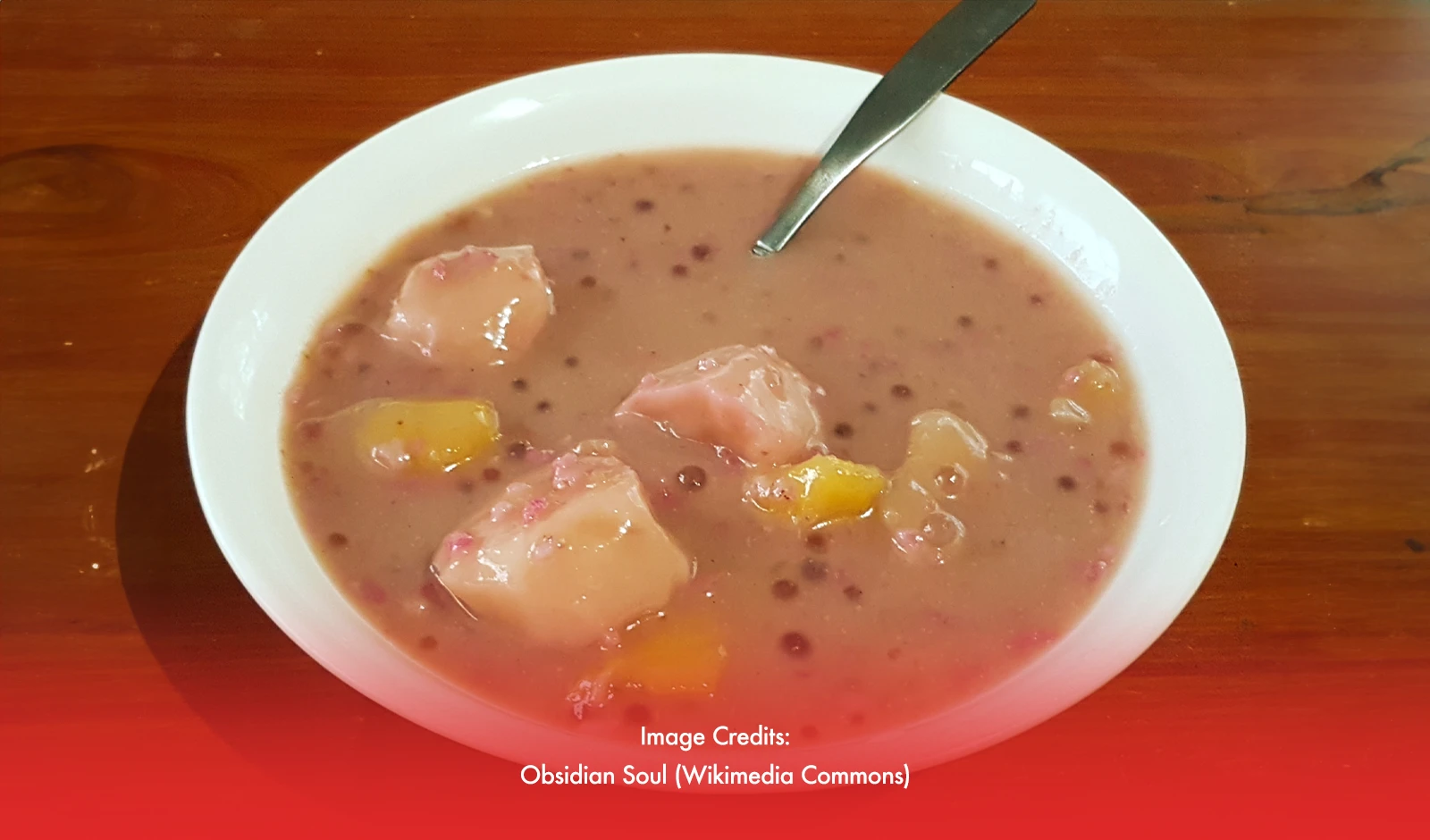Binignit, a beloved specialty in the province of Cebu, stands out among the delicacies of Lent. In addition to being a palate-pleaser, this traditional Visayan meal represents community, faith, and culinary heritage.
The origins of binignit can be found in the Visayan region of the Philippines, specifically in Cebu, where it has long been a traditional Lenten meal.
The meal, which showcases the inventiveness and resourcefulness of Visayan cuisine, most likely developed from traditional cooking techniques that made use of locally available materials. Over time, Binignit was included into Lenten rituals, representing the spirit of fasting and sacrifice during this serious time.
Sweet ingredients
Binignit is distinguished by its straightforward but tasty ingredient blend.
A variety of root crops, including sweet potatoes, taro (gabi), and purple yam (ube), are usually combined with bananas, sago pearls, and jackfruit strips in this dish. The dish's unique flavor and scent come from the pandan leaves that are infused into the coconut milk as these components boil.
Certain versions may use extra ingredients, such as tapioca pearls (sago) or sticky rice balls (bilo-bilo), which give the dessert more depth and texture. Traditionally, brown sugar or palm sugar are used to sweeten binignit, adding a touch of sweetness to counterbalance the richness of the coconut milk.
Cultural significance
Families and communities come together to prepare and share Binignit during Lent, which promotes a sense of cohesion and fellowship. Cooking and serving binignit turns into a communal tradition that strengthens ties to one's ancestry and religion.
Since many of the ingredients for Binignit come from the local land, it also acts as a concrete way to express gratitude for the bounty of the harvest season.
Furthermore, in the context of Lenten observances, binignit has symbolic importance. The faithful are reminded of the need for appreciation and stewardship by the variety of ingredients, which mirrors the abundance of God's creation.
Binignit consumption during Lent emphasizes the spirit of surrender and sacrifice as Christians partake in smaller meals and abstain from meat. Through this gastronomic custom, Cebuanos reiterate their dedication to introspection and spiritual rejuvenation.
Beyond just being delicious, binignit adds to the richness of Filipino cuisine by acting as a symbol of community, faith, and cultural history.








